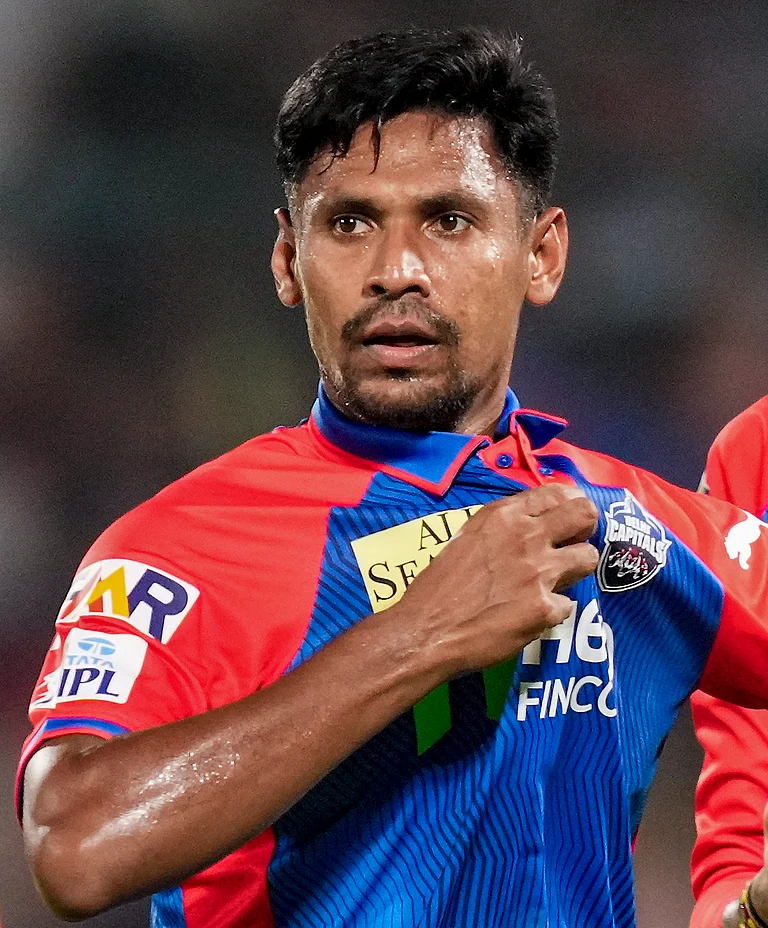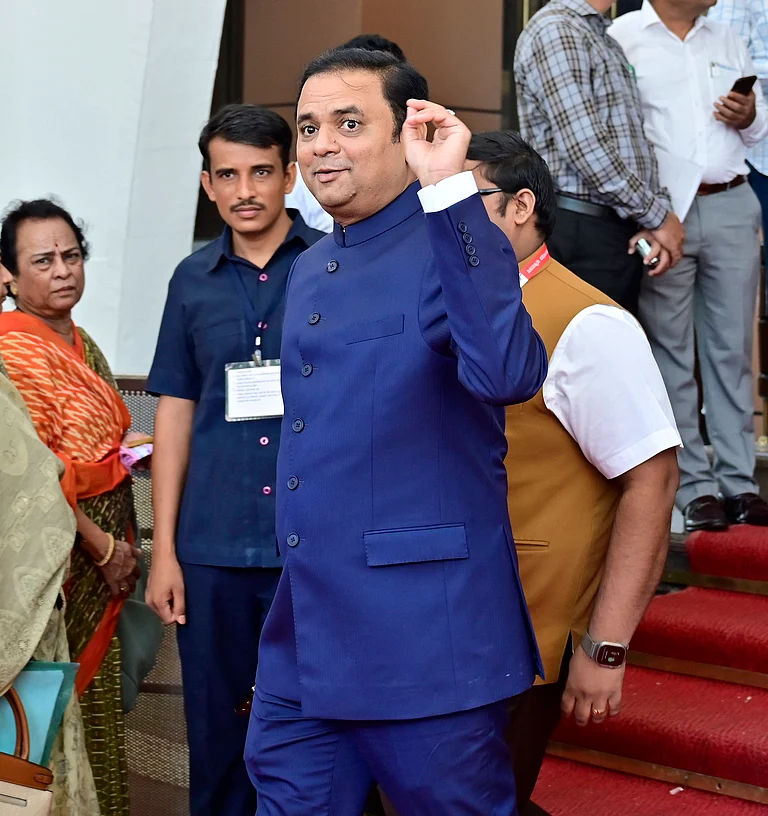Online violence against women journalists aids and abets physical violence too, such as assault and murder, according to an international study.
The study that covered 15 countries over a three-year period notes that online violence against women journalists is aimed to silence, humiliate, and discredit them.
"It inflicts very real psychological injury, chills public interest journalism, kills women’s careers and deprives society of important voices and perspectives," says the study titled The Chilling: A global study of online violence against women journalists by International Center for Journalists (ICFJ).
The ICFJ says the report is the most geographically, linguistically, and ethnically diverse scoping of online violence against women journalists to date. It was commisioned by United Nations Educational, Scientific and Cultural Organization (UNESCO). It was led by Dr Julie Posetti, ICFJ’s Global Director of Research and a senior researcher at the Centre for the Freedom of the Media (CFOM) at the University of Sheffield.
The study found that online violence against women journalists in the United Kingdom (UK) is frequently associated with populist politics, polarising political debates, and that the pandemic has worsened the situation. The report also found a strong link between online violence and offline attacks in the UK, especially with regard to stalking.
The study draws on the experiences of nearly 1,100 journalists, two big data case studies examining 2.5 million social media posts directed at Nobel Laureate and Filipino-American journalist Maria Ressa and multi award-winning investigative journalist Carole Cadwalladr (UK), along with detailed individual country case studies, a release by the University of Sheffield said on Monday.
Posetti said, "Online violence towards women journalists aids and abets impunity for crimes against journalists, and it must be tackled urgently. This requires political actors who instigate and amplify online violence to be restrained and penalised.
"It also demands that the platforms be held accountable for their role as vectors for online violence, through freedom of expression-respecting regulation by the states which claim that they want to tackle issue of impunity and protect journalists, including the UK.
"This is even more urgent in the context of Twitter’s recent takeover by a billionaire who has not signalled that he understands that protecting users from hate speech enables freedom of expression."
The 313-page long study is calling for governments, Big Tech, the news industry, legal and judicial actors, and civil society to do more to tackle what is described as a crisis of online violence towards women journalists.
One interviewee for the report, BBC disinformation reporter Marianna Spring, documented her own experience of online violence in a documentary broadcast in 2021.
The correlation of online violence and offline attacks against women journalists is significant, especially with regard to stalking.
Professor Kalina Bontcheva said, "Our report has found that we are now at a crisis point in the level of violence being directed towards women journalists. The vast majority who took part in the study had suffered from online violence, so UK policymakers need to take urgent action now in order to protect the lives of those who are doing such an important job in society."
Nearly three quarters of the women journalists surveyed said they had experienced online violence in the course of their work. Threats of physical violence, including death threats, were identified by 25 per cent of the women survey respondents, and sexual violence was identified by 18 per cent, the study said, adding that 13 per cent described threats of violence against those close to them, including children and infants, as features of attacks.
Almost half —48 per cent— of the women journalists surveyed reported being harassed with unwanted private social media messages, highlighting that much online violence targeting women journalists occurs in the shadows of the internet, away from public view.
Several of the interviewees also experienced offline stalking which had begun online via direct messaging.
As part of the study, the University of Sheffield’s research team undertook two big data case studies using Natural Language Processing (NLP) and network mapping techniques to assess over 2.5 million social media posts directed at two prominent journalists — Maria Ressa, co-founder of Rappler, and Carole Cadwalladr, investigative journalist and columnist at the Observer.
The team’s analysis found that Cadwalladr, whose investigative work exposed the Facebook-Cambridge Analytica scandal, was the target of 10,400 separate instances of obvious abuse between December 2019-January 2021.
Cadwalladr described the abuse as feeling like the digital equivalent of a mob attack.
"A few hundred years ago I would have been burned at the stake," said Cadwalladr as part of the research.
The discrimination that Black and minority women journalists experience offline is amplified and exacerbated online, where they face a triple burden of intersectional abuse, according to the study. The research found they are attacked on the basis of their sex, their status as journalists, and because of the colour of their skin. In some cases, they are simultaneously abused because of their religion and their sexual orientation.
The study puts forward a series of recommendations for governments and policymakers, including the establishment or reinforcement of independent national bodies and regulators to ensure compliance with the relevant national and international laws designed to protect the safety of women journalists.
(With PTI inputs)


























